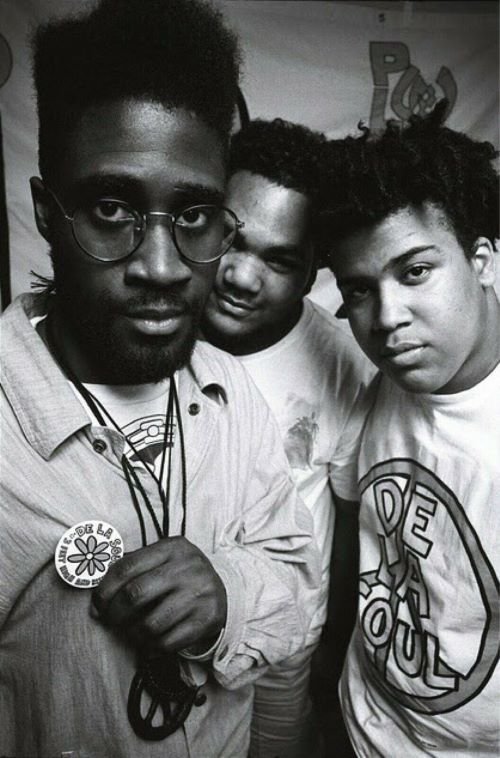In addition to some magnificent album covers arriving in March (including FLETCHER’s), there is some sensational music too. Adrianne Lenker’s Bright Future is an album I want to bring to your attention. Out on 22nd March, you can pre-order it here. A must-own album from a truly special songwriter and artist. Here are some more details about potential one of the best albums of this year:
“Bright Future marks Lenker’s first album since 2020’s songs and instrumentals, and features co-production from Philip Weinrobe, alongside contributions from Nick Hakim, Mat Davidson, and Josefin Runsteen. On Bright Future, Adrianne Lenker, a songwriter known for turns of phrase and currents of rhyme, says it plainly, “You have my heart // I want it back.” Documented with analogue precision, what began as an experiment in collaboration, became proof Adrianne’s heart did return, full to the brim, daring her into the unknown.
Bright Future’s co-producer and engineer, Philip Weinrobe, prepared the studio. He has been Adrianne’s partner on previous solo albums, but this was something new. Adrianne did not intend to make an album. They would instead explore the songs with no expectations. Even with an open outcome, from the start, Phil wanted to capture the sessions with the purest, technical honesty. He rolled onto Double Infinity’s old cherry wood floors an Otari 1/2 inch 8-Track and Studer console.
To fill the air of the 150 year-old main room, Adrianne wanted piano, guitar, and violin. Mat Davidson plays them all. “I’ve known Mat a long time,” she says, “It doesn’t matter what instrument, his spirit just pours through.” At 17, Adrianne met Nick Hakim. She trusted her friend of 15 years to bring his sensitivity to the piano. “The way Nick would hold my songs, he would put every ounce of love.” Adrianne first met Josefin Runsteen in an Italian castle, and sought the classically trained violinist and percussionist’s “magnetic and contagious” energy. “She has such fire.” In addition to instrumentation, they made a chorus, adding carefully measured vocal harmonies. The sessions impressed and enchanted Adrianne. “I think the thing these people have in common, they are some of the best listeners I know musically. They have extreme presence.”
Admirers of Adrianne’s solo music and Big Thief will find on Bright Future her reliable talent captured in stunning, magnetic clarity. In the company of parlour instruments, Adrianne’s modern melodic and lyrical inventions create new traditions. Her vocal flights at times outwit gravity, then land, guiding along an earthly path. The wholeness of the un-spliced recordings preserves a time of musical friendship during a golden season. The album also features the original recording of the now-beloved Big Thief song ‘Vampire Empire.’ Although they recorded for only some days, in Adrianne’s recollection, “It felt like we were together forever”.











































































